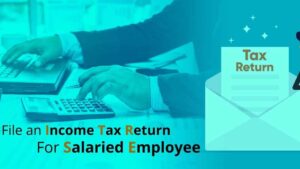 The Income Tax rules have several provisions through which employees can reduce their overall tax outgo.
The Income Tax rules have several provisions through which employees can reduce their overall tax outgo.
Whenever an employee changes his/her job, the employer claims standard deduction and Basic Exemption due to which TDS is less deducted and the employee ends up paying self-assessment tax along with interest at the time of return filing.
“To overcome this employee should declare the income earned from the previous employer to his current employer so that it gets reflected in Form 16 also and accordingly TDS is deducted,” says Bangar.
Several employees often fail to submit HRA documents to their employers on a timely basis. Hence, the employer does not consider HRA exemption while computing tax liability, which in turn leads to a higher deduction of TDS throughout the year. As per tax experts, employees should take the following actions to avoid such a scenario:
Salaried employees are often under the impression that TDS is being deducted by their employer and hence no advance tax is required to be paid by him. However, this leads to interest and penalty u/s 234B & 234C at the time of return filing.
Employees should take the following steps to avoid such situations:
A salaried person may underreport his income if AIS is not checked or there is a mismatch of income reflected in 26AS.
“To ensure accurate reporting of Income, the employee should match the figures and reconcile it with employer/Form 16 in case of any discrepancy in Form 26AS. Moreover, the salaried employee should report all the income showing in AIS and if there is inaccuracy then correct the information in AIS by providing feedback online/offline,” says Bangar.
Source: https://www.financialexpress.com/money/income-tax/income-tax-return-filing-by-salaried-employees-5-common-problems-and-their-solutions-explained/2811552/
© 2018 CA Chandan Agarwal. All rights reserved.